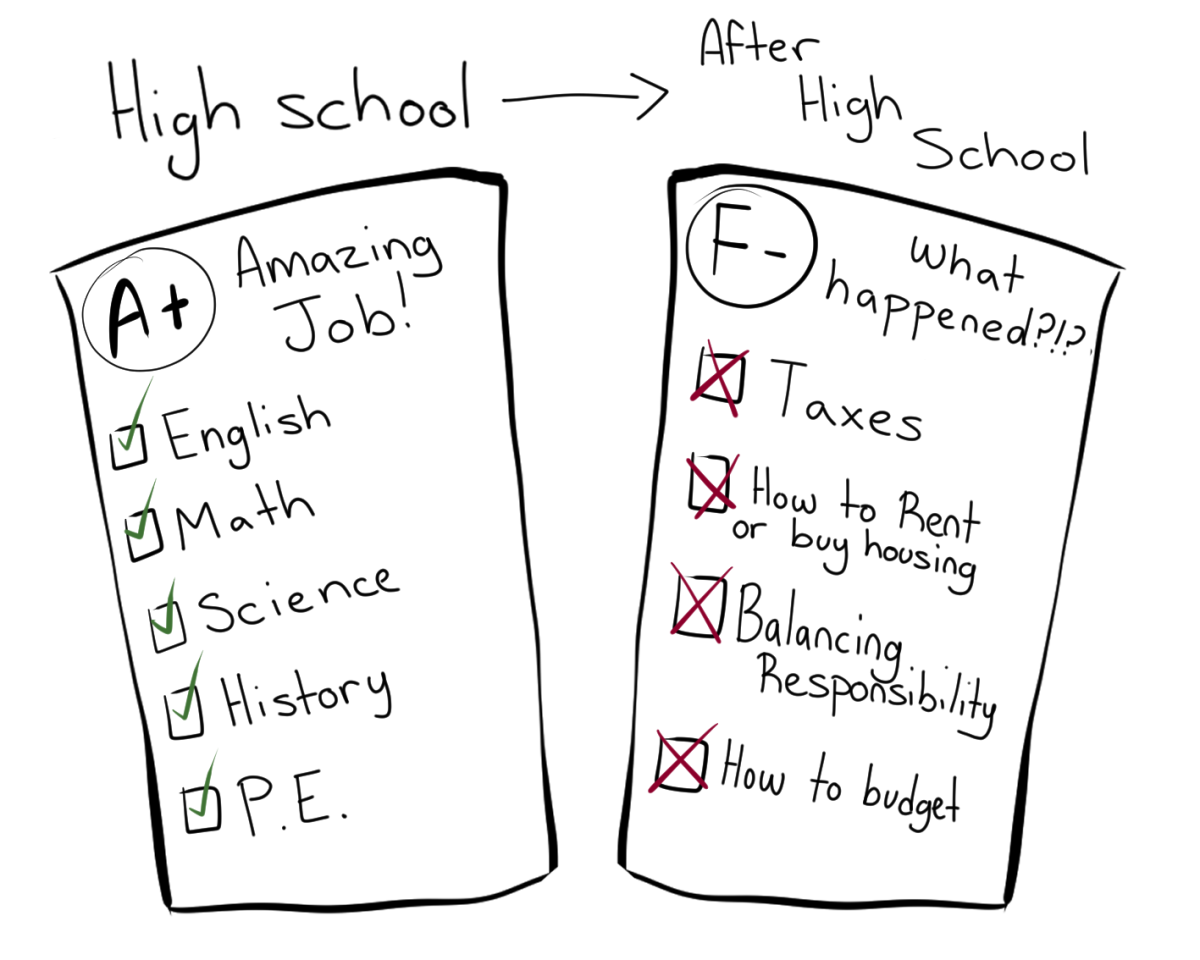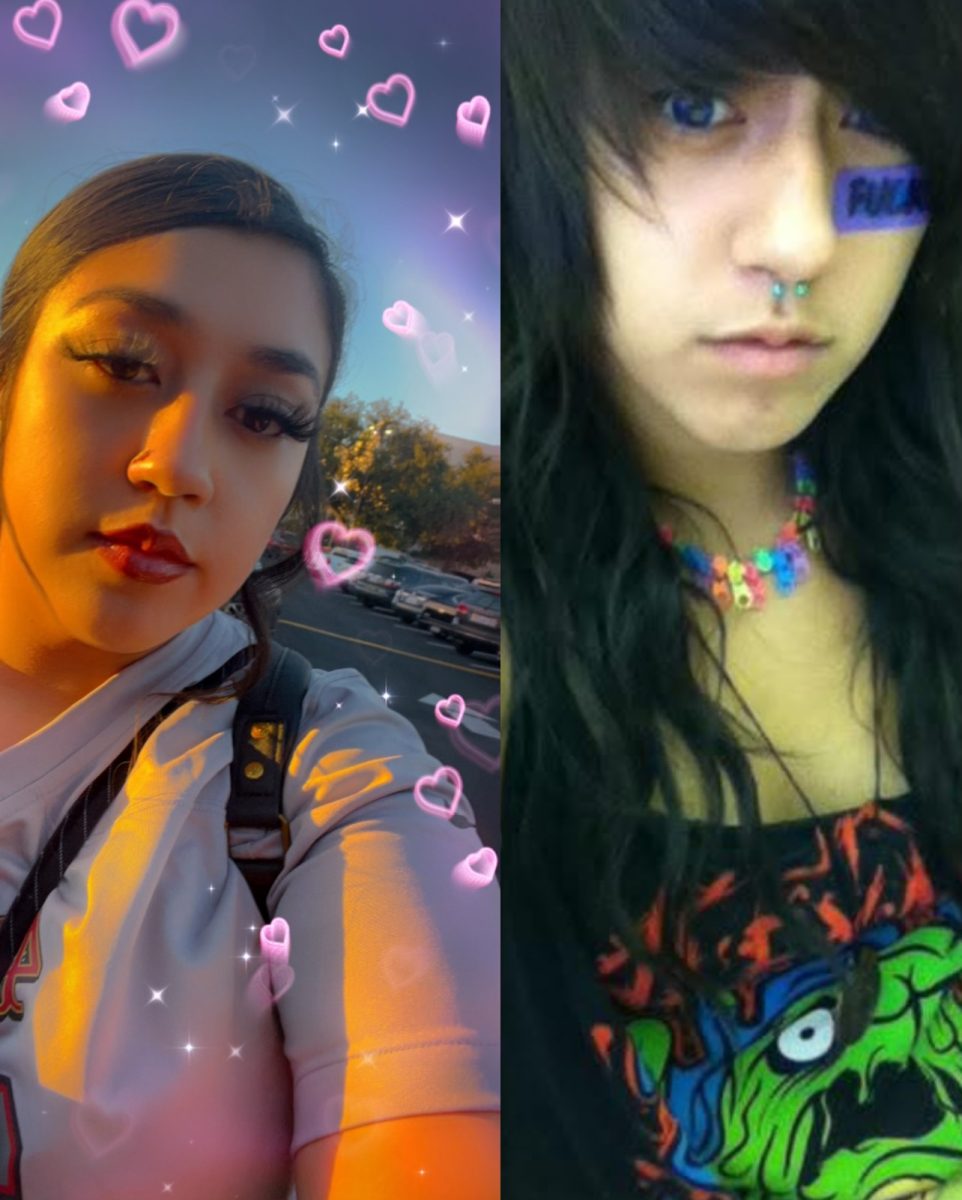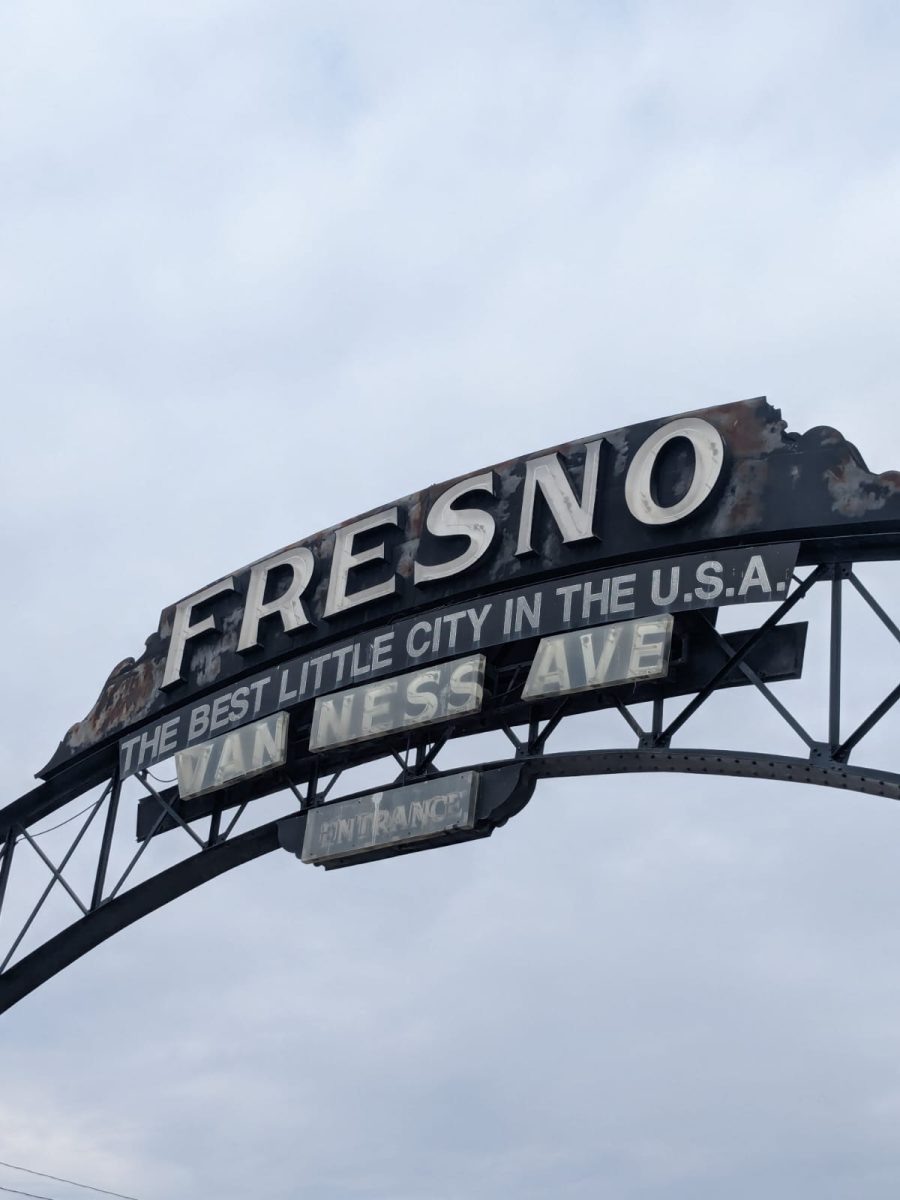Violence seen in video games is becoming a staple of the medium. One glimpse into the culture witnesses fighting, shooting and action genres saturated with assault, blood, gore and dismemberment effects. Those against games see this and can understandably draw conclusions connected to past tragic events.
Regardless of the violence seen, it is nothing compared to what happens in the real world. Nothing in games has the power to manipulate and create violence among people.
Game titles that use violent images do so for various reasons. Some use them as a form of light entertainment but most have purpose, a story told with worlds of realities built by creative writers. Some imagining bleak worlds, characters are pushed to the edge of their insanity or unavoidable wars.
The upcoming title “The Last of Us” tells of a ruthless post-apocalyptic United States years after a fungal virus kills millions. Main character Joel, who has seen both worlds, has lost friends and family, and this has hardened him into a “violent thug, a brutal killer, and a torturer.”
Supporting character Ellie was born into this world and has only witnessed steel walls and violent martial law of quarantine zones. Outside are the infected that are ready to tear you apart and survivors only wanting to live to see the next day.
Games that include these dreaded details are crafted as thoughtfully as books would be, and never encourage anything other than attention to the story.
When it comes to children, many researches conclude that aggression in children do increase. But it’s all without context. Scientists debating on websites like NPR.org the results of their studies just shows children processing violence have varying aggression.
The same can be said about late adolescents.
Nothing ever mentions murderous intent, like those planned events such as the Virginia Tech shooting or Sandy Hook. Tragedies such as these are started by those who from childhood had disturbed emotions or troubled past. While games were their hobbies, they are not the sole reason behind their plans.
Expecting people to be desensitized from gaming violence is really the biggest stretched claim I’ve heard. As a proud invested gamer, if I ever heard the horrid cracking sound of gunfire, I would shutter and cry. When the shootings stopped, you can bet I would not stand up and promise vengeance like in the video games. Reactions like that like that do not happen.
The one option everyone is always forgetting is that gaming is a choice. The amount of hours invested in games are a person’s decision, as is the violence consumed. As parents, that decision also fall on your hands. Children not behaving normally or playing too much falls on your actions. Labels, descriptions and websites all tell of the game title’s contents. If you don’t feel right about what’s seen or read, please return the game. You don’t have to play or let your children play that game.
Taking aggressive actions against an item you do not like is some weird form of entitlement; entitlement to have something that was made for many, be changed or destroyed for yourself. That’s the type of reaction against video games that needs to disappear.











